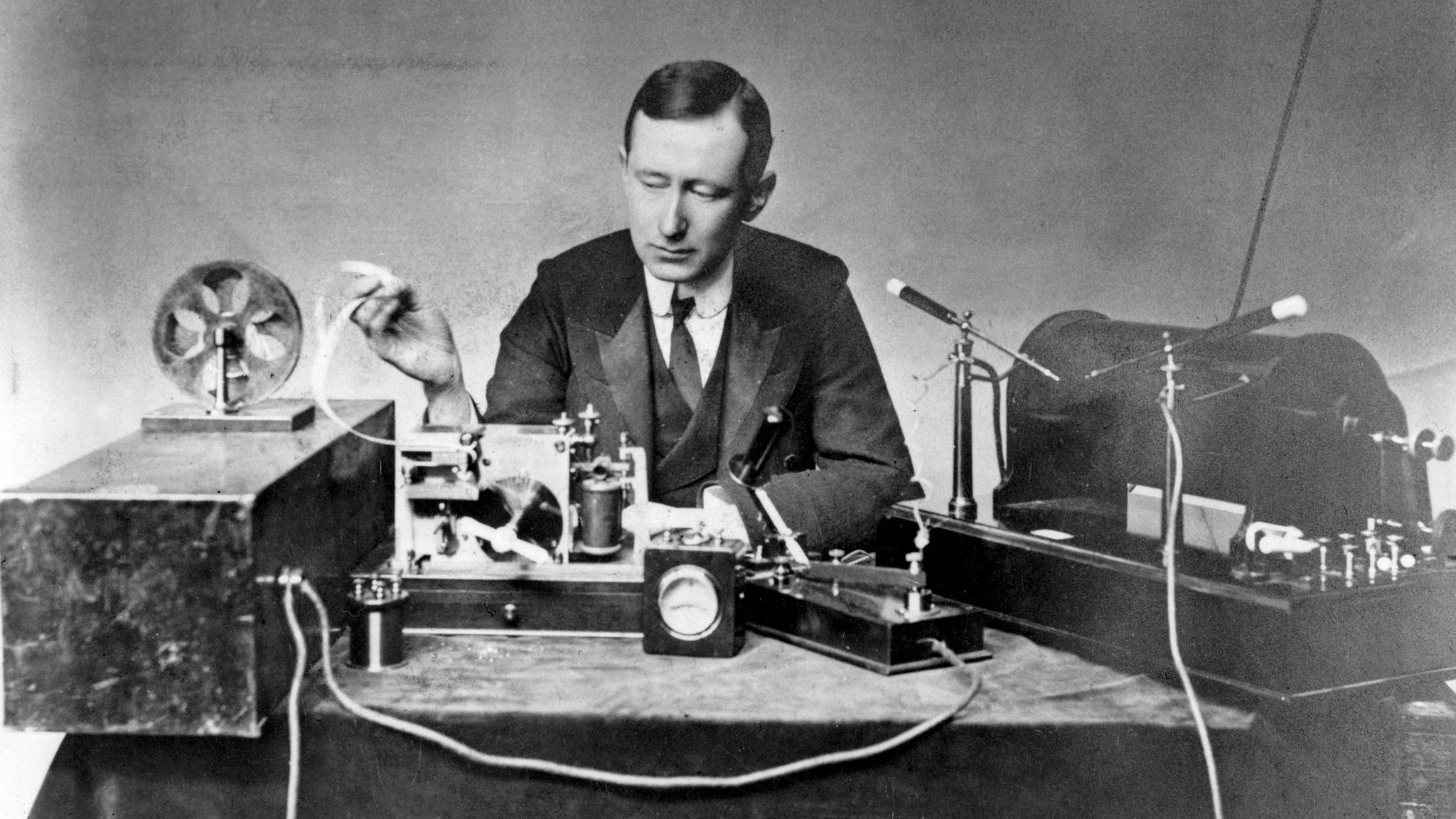HISTORY & CULTURE
The history and heritage associated with Essex's County capital, Chelmsford, is a story that we can be proud of. Touched by so many periods of history, the then-town and now-city was home to many passionate individuals and organisations that continue to tell Chelmsford's story through the ages. Chelmsford has now reached a decade as a city without losing its charm as a home for innovation and invention, royal residencies, a gateway for the local waterways, and a city with still so much rooted under the surface yet to be discovered.
With over 800 years of recorded history as a market town, plus more that came before it, it is hard to summarise everything there is to know about the story of Chelmsford in one place. To fully enjoy and absorb it all, we recommend looking at the talks and tours various local historians have to offer, as well as taking popular walking routes around the city centre that will help you imagine just how much the city has changed (or not in places!). With that in mind, we have provided some interesting facts about the story of Chelmsford that will inspire those new to the city with some areas to look out for on your visit, as well what we hope will be new facts to those already living here who may have studied this in their childhood years:
6000 YEARS AGO
Chelmsford's Neolithic past can be traced back to around 6,000 years ago when the first major ceremonial monuments were constructed. About 4,800 years ago, a cursus was created near Springfield Lyons. A 700m long narrow enclosure, probably used for religious ceremonies - was partly excavated by archaeologists before Chelmer Village was built.
1566
In 1566 Agnes Waterhouse became one of the first woman executed for 'witchcraft' in England. The trial at Chelmsford Assizes was the first major witchcraft trial in a law court. There were a further 473 trials in Chelmsford, more than anywhere else in the country. In July 1645, Matthew Hopkins known as the Witch-finder General, and John Stearne, were responsible for the largest trail and execution of 'witches' in English history. Over 30 women were accused, leading to 19 executions of which 15 were in Chelmsford.
1920-22
In 1920-22, the development of sound broadcasting changed forever, with trial voice transmissions heard all over the world including Dame Nellie Melba's historic concert. Later, the Marconi station license was awarded and the new station 2MT operated from an ex-Army hut in Writtle. It was the birth of British Broadcasting, and in October 1922 the BBC was formed.
1381
Medieval Chelmsford was a growing town with many thriving trades. In 1381 harsh new taxation led to unrest known as the Peasants Revolt where many traders stopped paying their taxes. On 14 June, King Richard II met the rebels at Mile End where he promised to pardon them but soon went back on his word. The King based himself in Chelmsford shortly after, which briefly became the seat of national government – the capital of England – from 1st to 6th July.
1878-1898
Chelmsford's impressive industrial history started in 1878 when Rookes Evelyn Bell Crompton set up the Arc Works in Anchor Street. It was Britain's first electrical engineering factory and remained one of the town's 'big three' industrial employers until 1968. His first product was the arc lamp, and he later started to produce generators, electric motors and electric instruments. This impressive period of industry was bolstered when in 1896 Guglielmo Marconi came to England with the world's first successful system of radio communications.
After using Hertz' 1888 discovery of radio waves to send a signal to his family in Italy, he came to England and patented his 'system of telegraphy without wires' in 1896. He established the world's first radio equipment factory in Chelmsford in 1898 and played a key role in the communications equipment supplied to the Titanic.
2012
In 2012, Her Majesty Queen Elizabeth II celebrated her Diamond Jubilee. It was then that it was announced that the Queen would give the title of 'city' to a town from England, Wales, and Scotland. Thanks to its rich Roman and industrial history, excellent transport links and a growing university student population, Chelmsford was granted city status on 14 March 2012, along with St Asaph in Wales and Perth in Scotland. Chelmsford City Football Club had great faith that it would one day be a city as it started using the title in 1938.
6000 YEARS AGO
Chelmsford's Neolithic past can be traced back to around 6,000 years ago when the first major ceremonial monuments were constructed. About 4,800 years ago, a cursus was created near Springfield Lyons. A 700m long narrow enclosure, probably used for religious ceremonies - was partly excavated by archaeologists before Chelmer Village was built.
1381
Medieval Chelmsford was a growing town with many thriving trades. In 1381 harsh new taxation led to unrest known as the Peasants Revolt where many traders stopped paying their taxes. On 14 June, King Richard II met the rebels at Mile End where he promised to pardon them but soon went back on his word. The King based himself in Chelmsford shortly after, which briefly became the seat of national government – the capital of England – from 1st to 6th July.
1566
In 1566 Agnes Waterhouse became one of the first woman executed for 'witchcraft' in England. The trial at Chelmsford Assizes was the first major witchcraft trial in a law court. There were a further 473 trials in Chelmsford, more than anywhere else in the country. In July 1645, Matthew Hopkins known as the Witch-finder General, and John Stearne, were responsible for the largest trail and execution of 'witches' in English history. Over 30 women were accused, leading to 19 executions of which 15 were in Chelmsford.
1878-1898
Chelmsford's impressive industrial history started in 1878 when Rookes Evelyn Bell Crompton set up the Arc Works in Anchor Street. It was Britain's first electrical engineering factory and remained one of the town's 'big three' industrial employers until 1968. His first product was the arc lamp, and he later started to produce generators, electric motors and electric instruments. This impressive period of industry was bolstered when in 1896 Guglielmo Marconi came to England with the world's first successful system of radio communications.
After using Hertz' 1888 discovery of radio waves to send a signal to his family in Italy, he came to England and patented his 'system of telegraphy without wires' in 1896. He established the world's first radio equipment factory in Chelmsford in 1898 and played a key role in the communications equipment supplied to the Titanic.
1920-22
In 1920-22, the development of sound broadcasting changed forever, with trial voice transmissions heard all over the world including Dame Nellie Melba's historic concert. Later, the Marconi station license was awarded and the new station 2MT operated from an ex-Army hut in Writtle. It was the birth of British Broadcasting, and in October 1922 the BBC was formed.
2012
In 2012, Her Majesty Queen Elizabeth II celebrated her Diamond Jubilee. It was then that it was announced that the Queen would give the title of 'city' to a town from England, Wales, and Scotland. Thanks to its rich Roman and industrial history, excellent transport links and a growing university student population, Chelmsford was granted city status on 14 March 2012, along with St Asaph in Wales and Perth in Scotland. Chelmsford City Football Club had great faith that it would one day be a city as it started using the title in 1938.






